We received Rineloricaria from the Brazil-Uruguay border region. The genus Rineloricaria is extremely species-rich with currently 72 accepted species and new species are constantly being added. Unfortunately, there is no complete overview of the genus, making identification extremely difficult. The southern Rineloricaria are also particularly tricky because only a few live observations have been made to date.
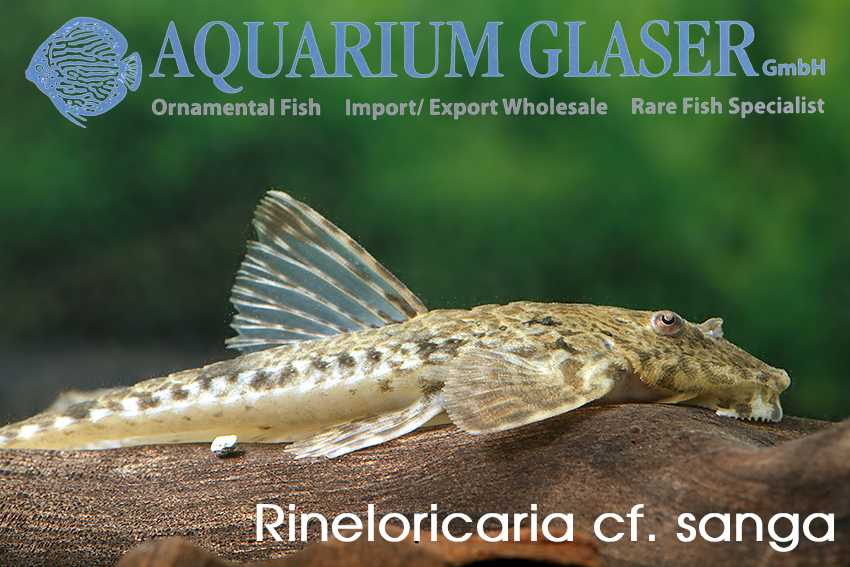
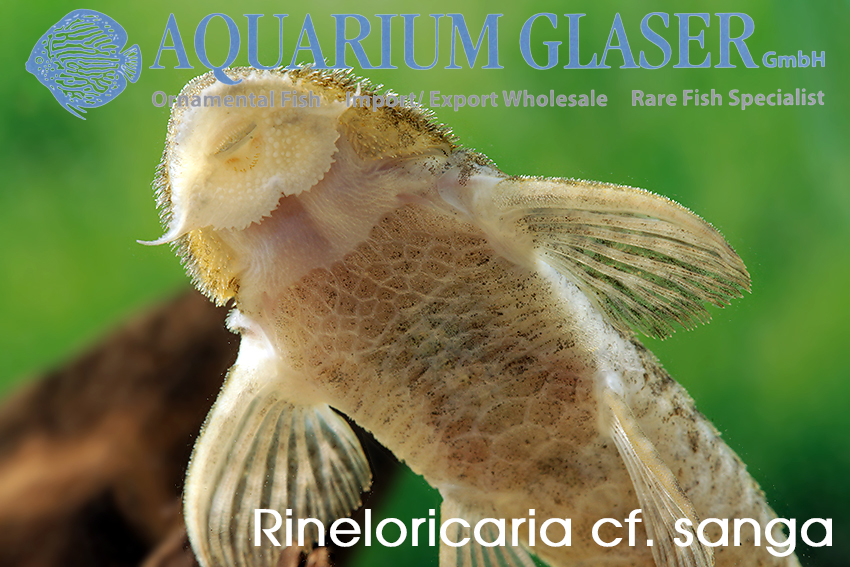
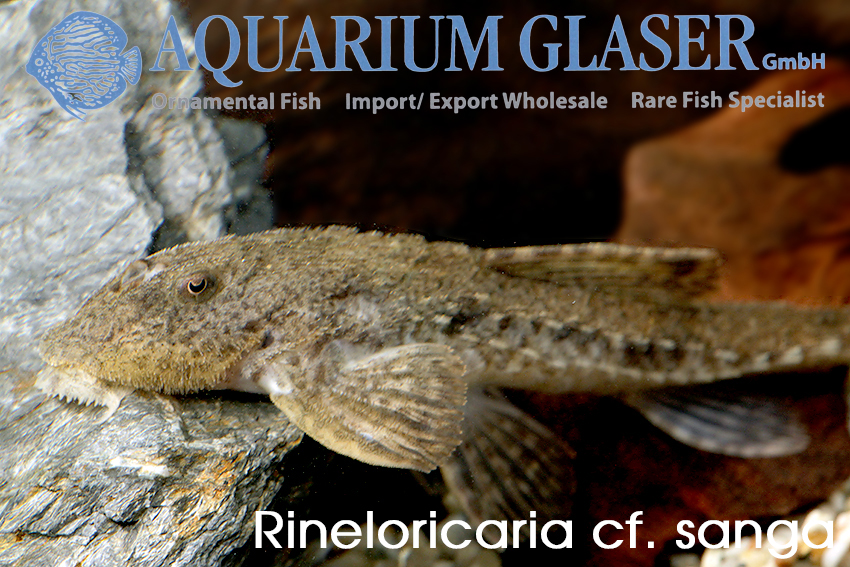
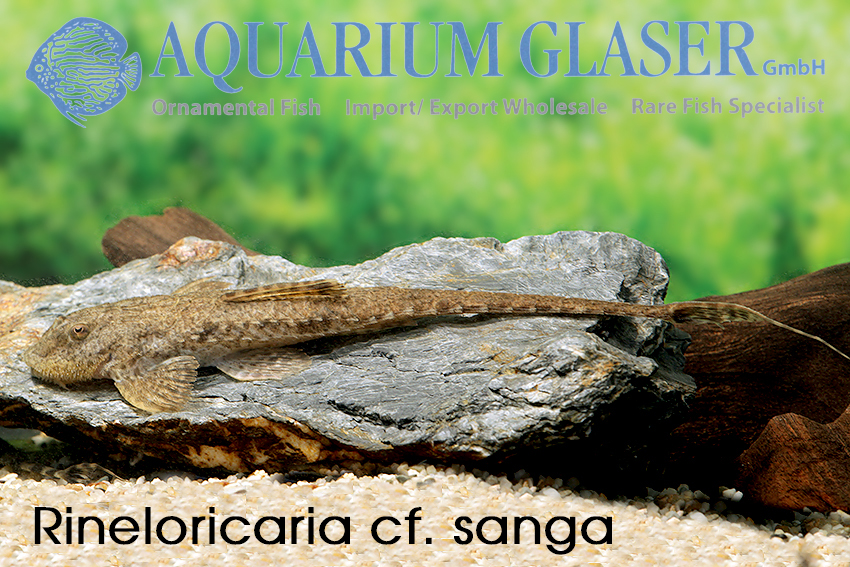
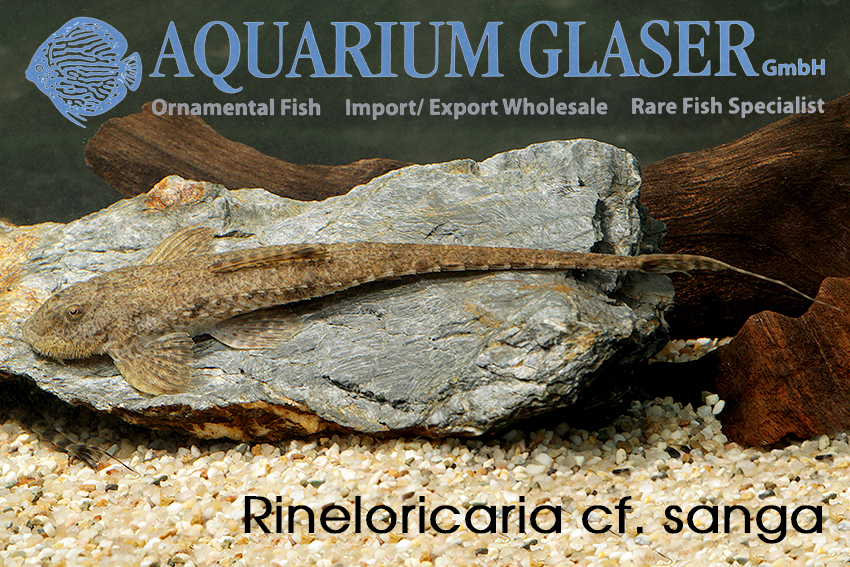
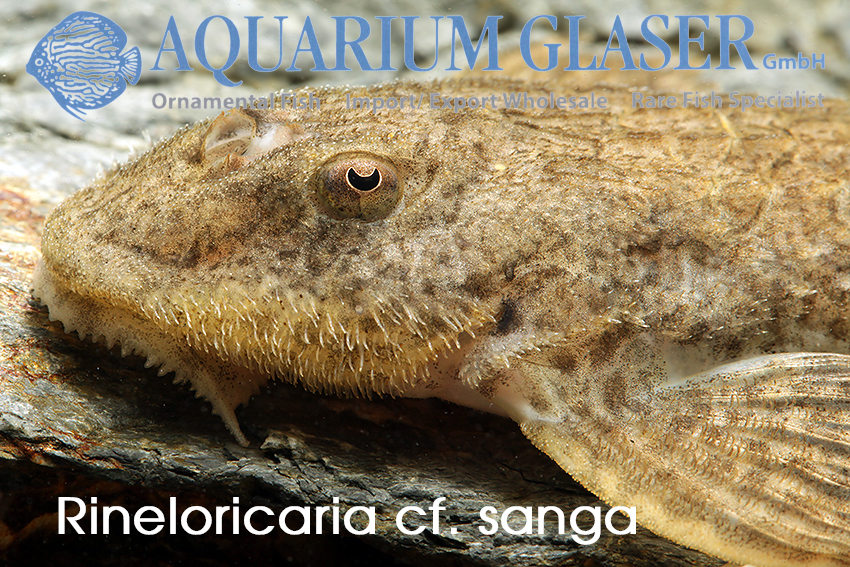

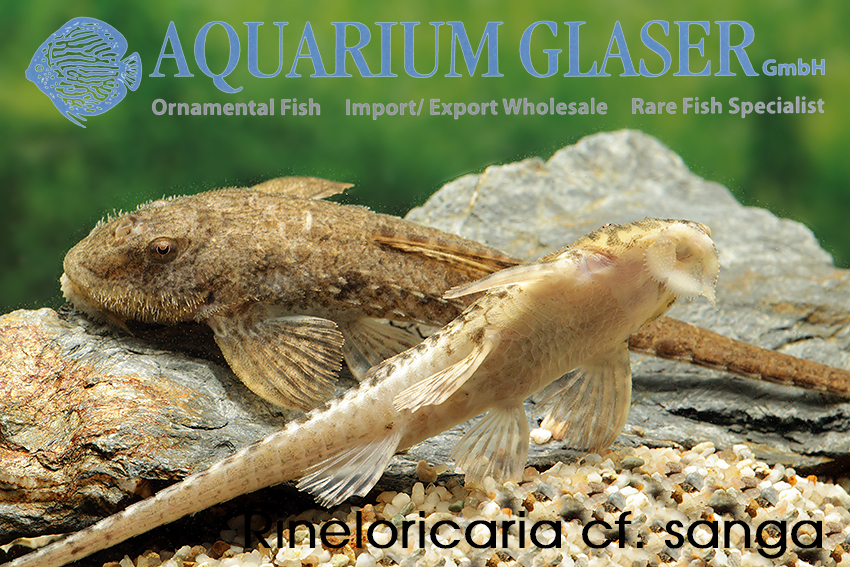
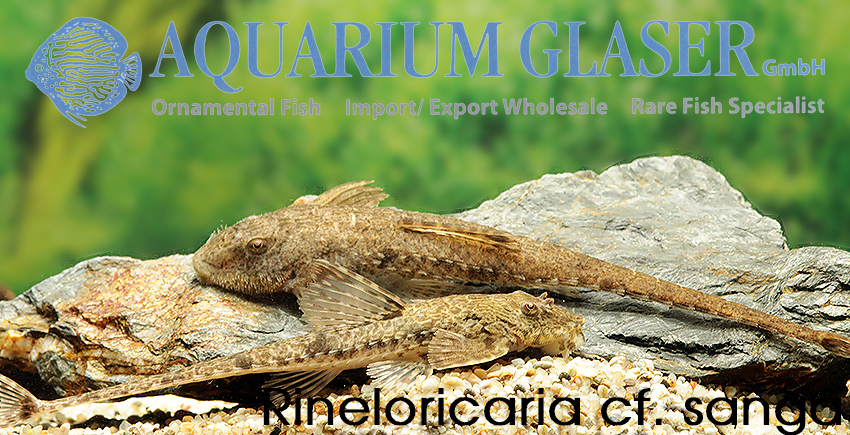
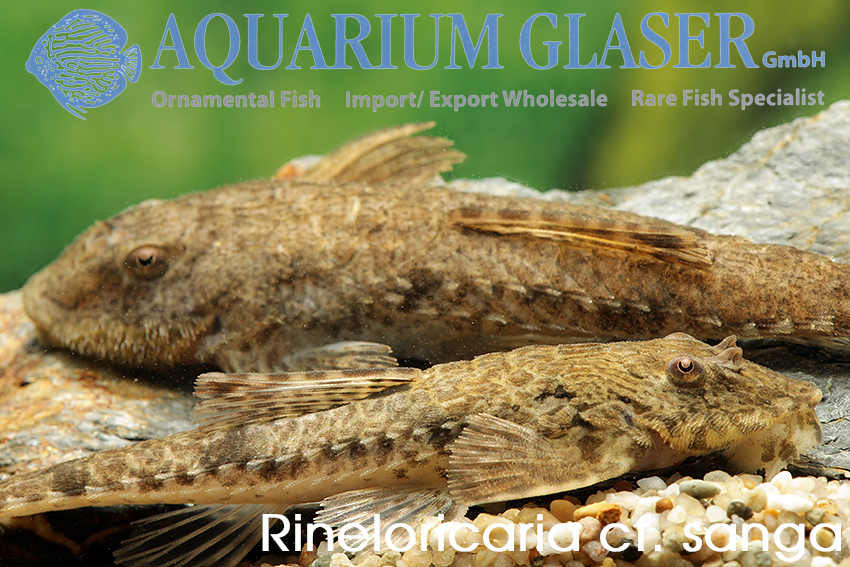
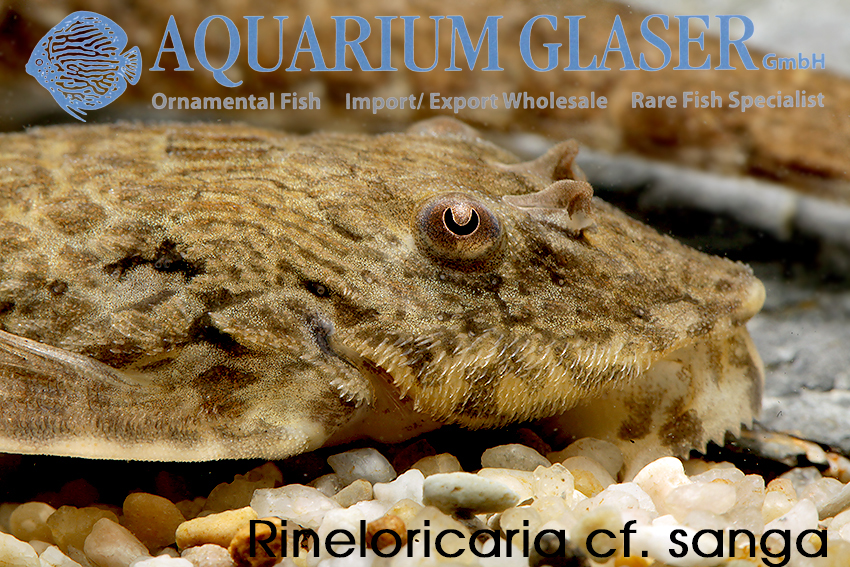
The majority of our freshly imported specimens exhibit a combination of features that are quite rare within the genus, namely a ventral side completely covered with bony plates and an elongated upper caudal fin filament. Of the species described, only Rineloricaria sanga fits this description. This whiptail catfish was described in 2008 from the catchment area of the Rio Uruguay (more precisely: Iraí, Sanga das Aguas Frias, about 100 meters from the Uruguay River, 27°12’S, 53°17’W, Rio Grande do Sul, Brazil). The largest specimen measured was 10 cm long (without caudal fin). Accordingly, our specimens should be fully grown.
Due to the complexity of identification, we have decided to refer to our imports as R. cf. sanga, as we cannot rule out the possibility that it is a very similar species that has not yet been scientifically recorded.
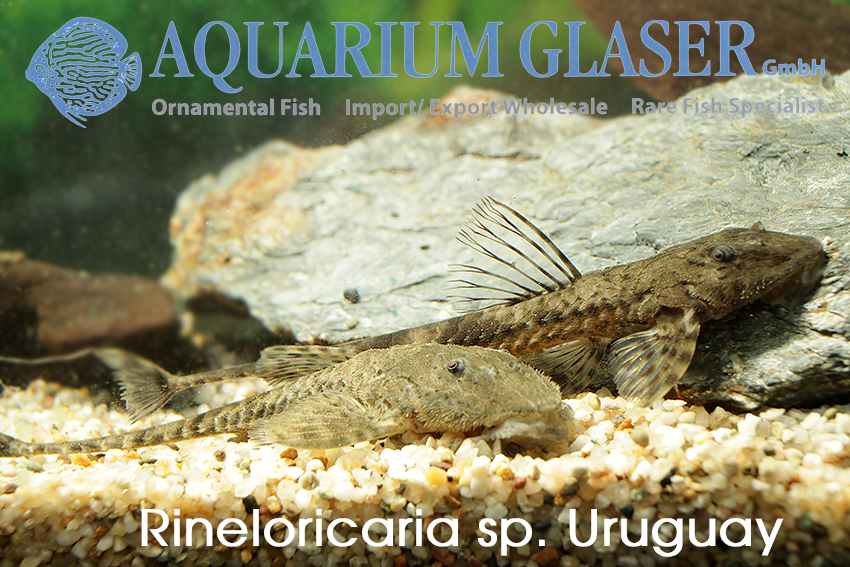
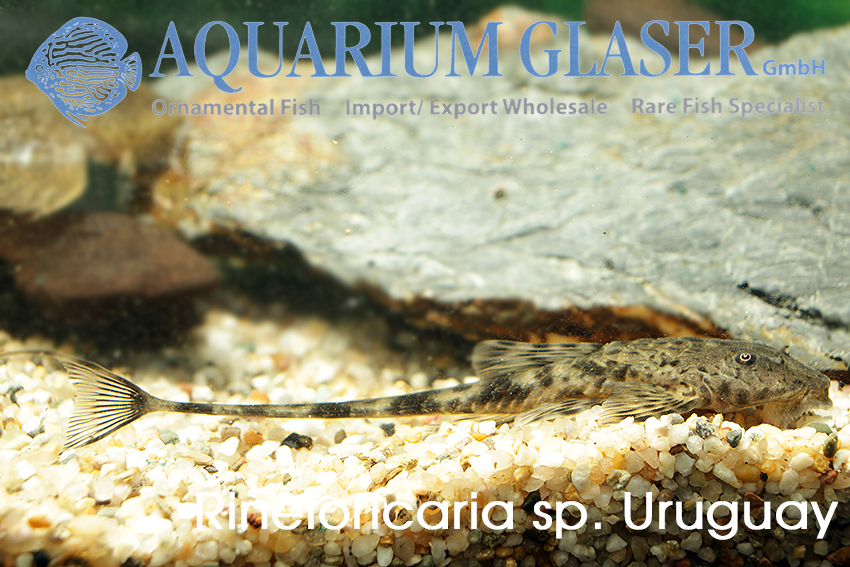
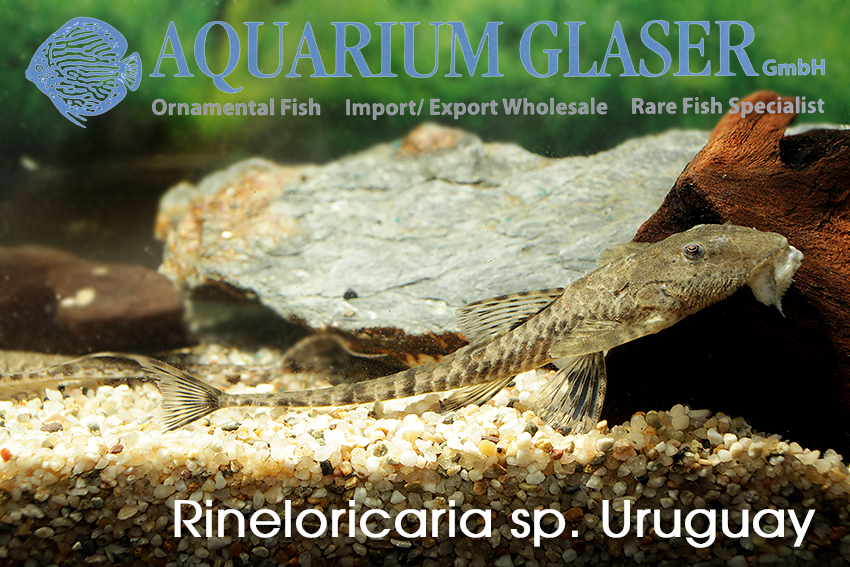
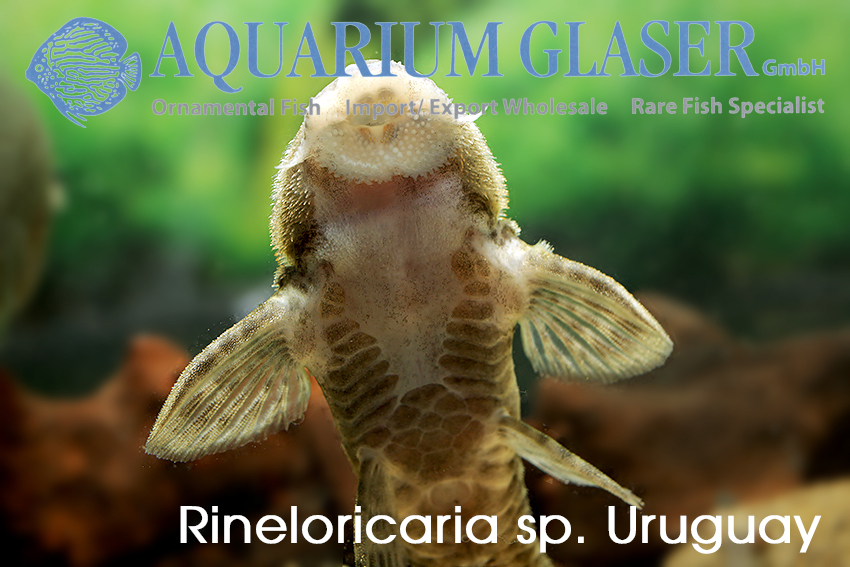
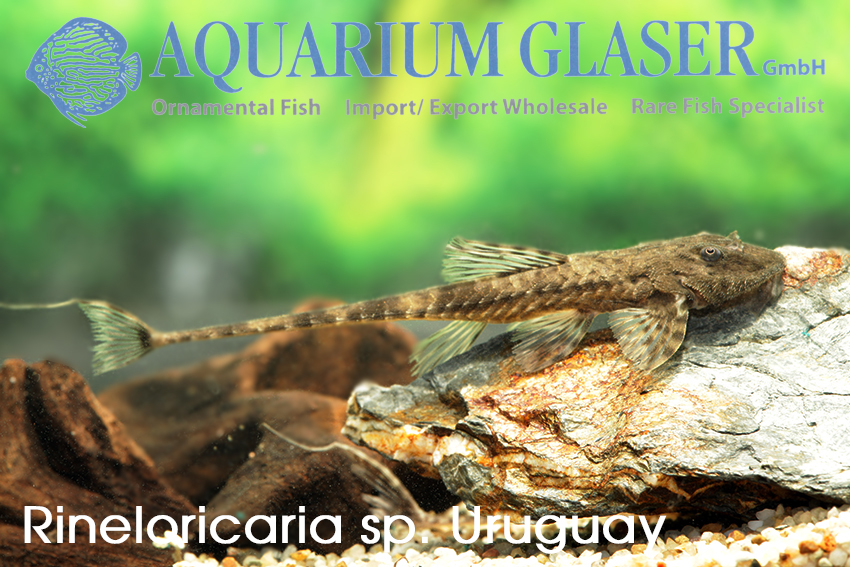
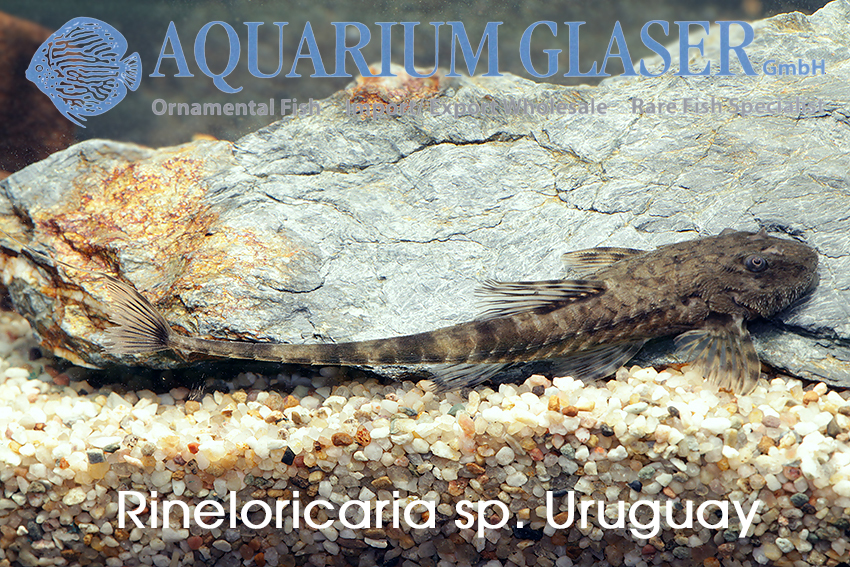
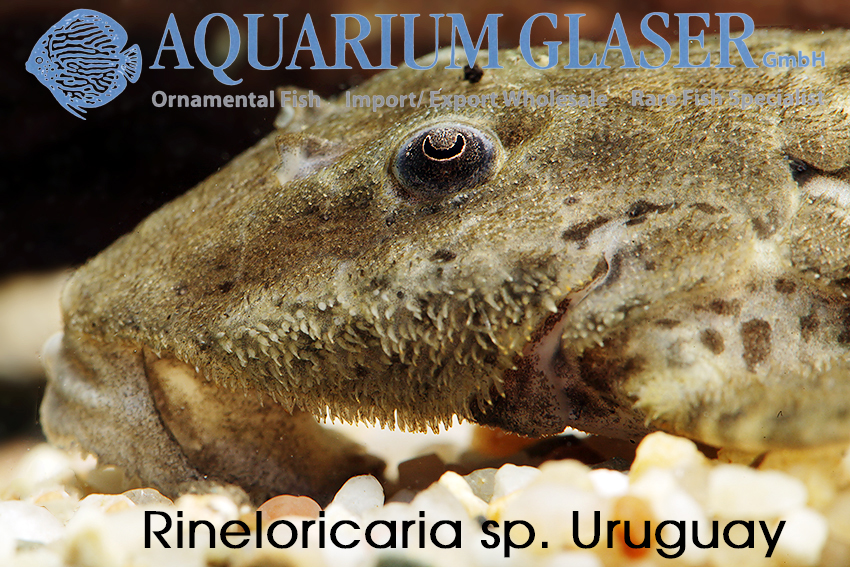
It is also interesting that the import also contains a few specimens of a second Rineloricaria species that cannot be classified at all. In this species, the upper caudal fin filament is also elongated, but the belly is only covered with bony plates on the sides. The species is also flatter and has a different pattern. We have given this species the provisional name Rineloricaria sp. Uruguay. Unfortunately, the two species are very similar in their fright coloration. To tell them apart for sure, you have to examine the ventral plates.
So far, keeping these fish has not caused any difficulties. It is to be expected that they can be bred as easily as the other Rineloricaria.
For our customers: the animals have code 289120 on our stocklist. It is not possible for us to sort the two species R. cf. sanga and R. sp. Uruguay. Please note that we only supply the wholesale trade.
Text & photos: Frank Schäfer




